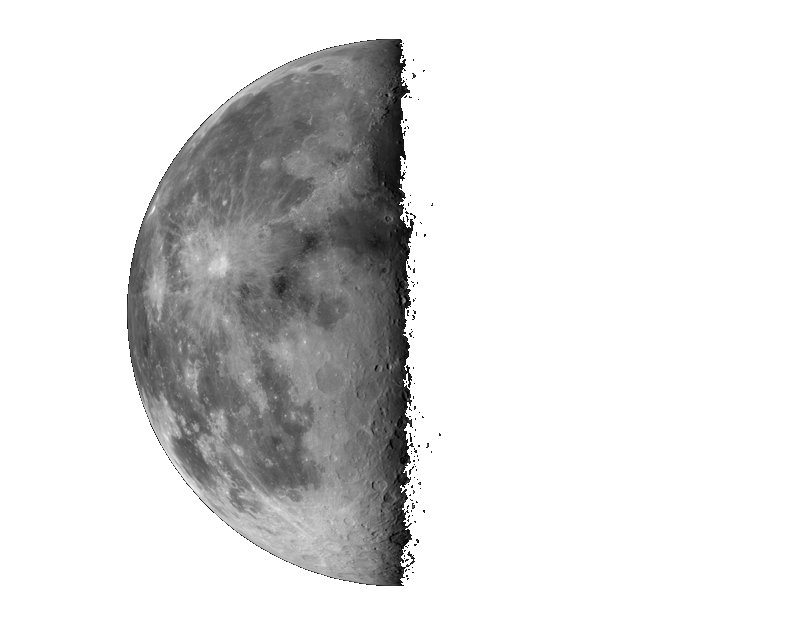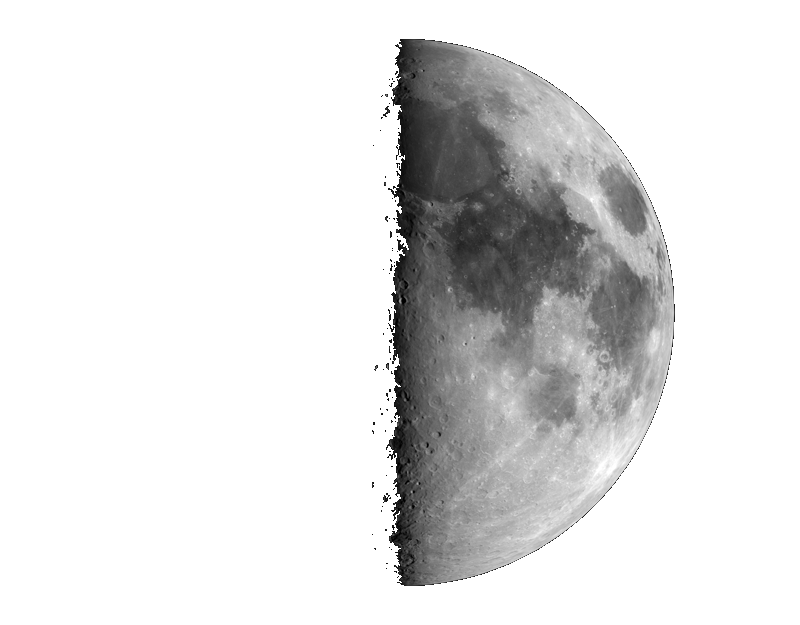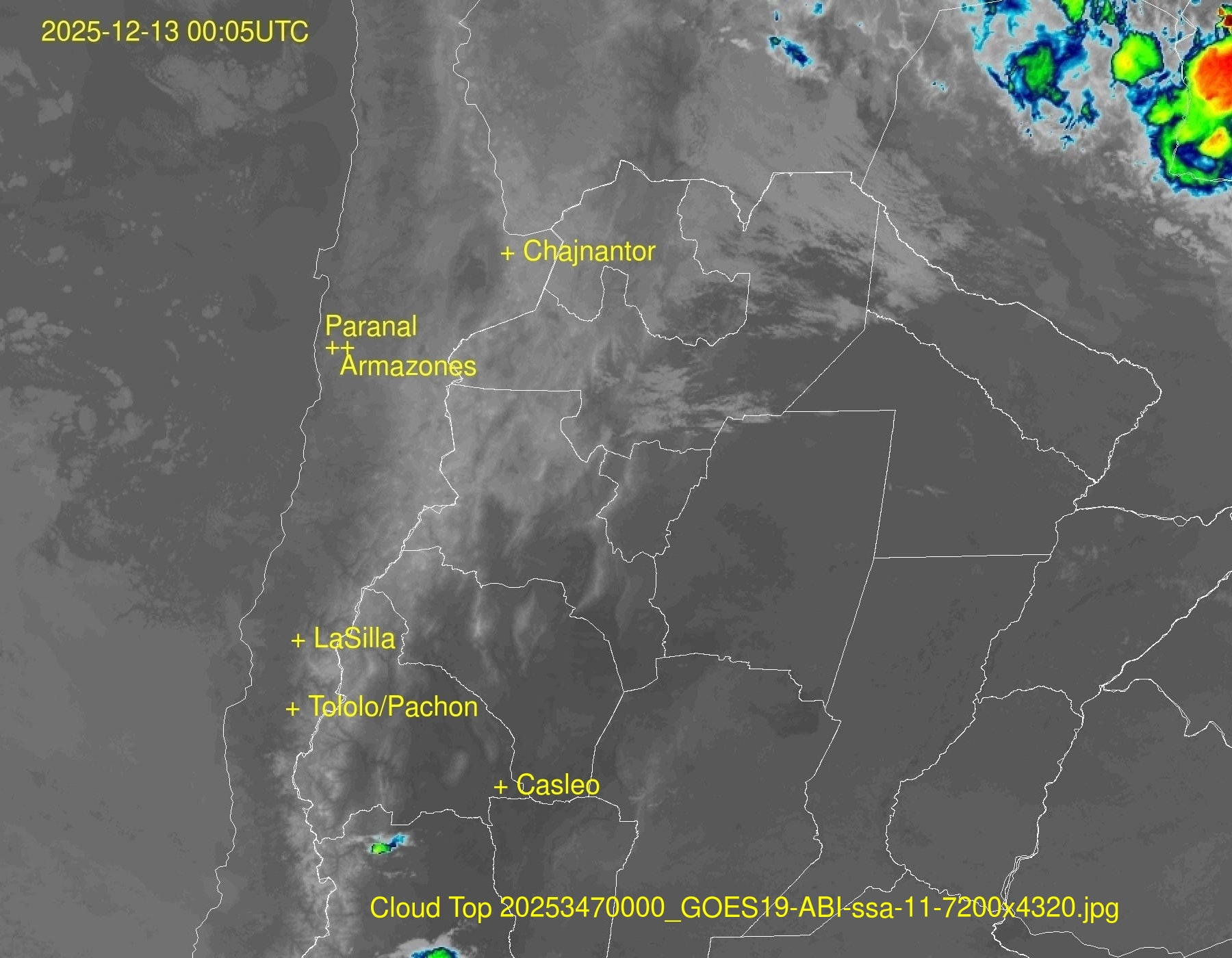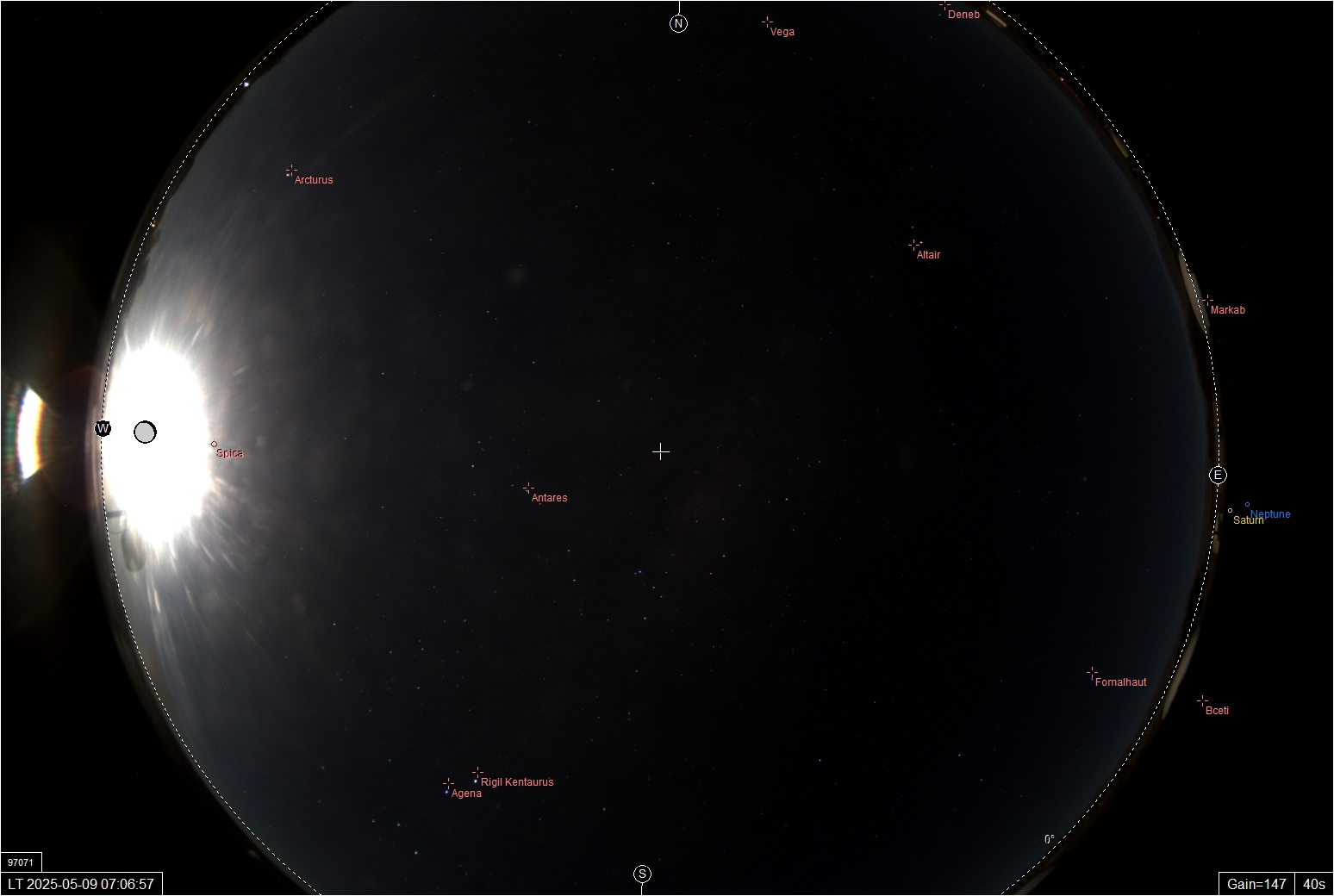Contact Us
- Address: Réservations par internet seulement
- Email: infoSPAMFILTER@spaceobs.com
- Phone: No telephone
- Cellphone: No telephone
- Website: www.spaceobs.com
Next moons
21-04-2025  | 27-04-2025  |
04-05-2025  | 12-05-2025  |
Sponsors


You have below information from our weather station, then from the ESO weather page showing the satellite map, then the image of our all sky camera, then the readings from our Sky Quality Meter.
Warning : All the times on this page are in Universal Time. To obtain Chilean local time, please substract 3 hours in summer (austral summer, January February), and 4 hours in winter (around July August).
At the bottom of the page, while not related to weather information, a copy of the output of our seismograph. Chile is a very active zone, and we have often magnitude 4 earthquakes, sometimes 5, and even some times 6 and stronger.
As a test, also, a screen copy of the information given by our Minicyclop seeing monitor.
Temperature:
Date: 19-04-25, Time: 07:49:19, Current T: 5.7 C
Second wind and wind evolution:
Third, pressure:
Fourth, humidity:
Fith, just in these few cases each year... rain (that thing when water drops fall from the sky). Look at it, these days we have lots of it, the rest of the year it is a flat line.
One can find sources of weather for San Pedro (in reality I believe it must be more for Calama), on the wunderground site. Here is an image of the cloudiness above northern Chile, courtesy from the European Southern Observatory. As you know our observatory is quite close to Chajnantor. If the date and time is not good, refresh your page.

Since mid June 2017, our all sky camera is an ALPHEA from Alcor System, using the skywatch software from the same company. You can download the last video sequence here (do a right click on the link, then save link as...)

| 1 / ?? | Speed |
Sky quality meter last reading and graph
NELM means "Naked Eye Limiting Magnitude". The system measures only when the sun is down.
You can correlate any activity you see using the data from the USGS
Our seeing monitor is the prototype of an austral sky seeing monitor. It's really in test right now, but seems to give good results, which correlates well with measurements done on the zenith on stars with other means.
Of course it produces no data when the sky is cloudy or hazy.
21-04-2025  | 27-04-2025  |
04-05-2025  | 12-05-2025  |

